When choosing between polyester resin vs epoxy resin, understanding their distinct properties is essential for project success. Both materials have their place in crafting, construction, and repairs, but their differences significantly impact your results.
This comprehensive guide will help you make an informed decision based on your specific needs, budget, and project requirements.
Polyester Resin vs Epoxy Resin
Polyester and epoxy resins are both versatile materials used across various industries, but they differ fundamentally in composition, properties, and applications. Let's break down what makes each unique.
What Is Polyester Resin?
Polyester resin is a synthetic polymer that cures through a catalytic reaction. It requires a catalyst (typically MEKP - Methyl Ethyl Ketone Peroxide) to initiate hardening.
Characterized by its lower cost and faster curing time, polyester resin has been a staple in fiberglass applications for decades.
Key characteristics include:
- Faster cure time (20-40 minutes)
- Lower cost than epoxy
- Strong odor during curing
- More brittle when cured
- Good UV resistance
- Moderate chemical resistance
What Is Epoxy Resin?
Epoxy resin is a thermosetting polymer that cures when mixed with a hardener. This two-part system creates a chemical reaction resulting in a hard, durable finish. Epoxy is known for its superior strength, adhesion, and versatility.
Key characteristics include:
- Longer working time (30 minutes to several hours)
- Higher cost than polyester
- Milder odor
- Superior strength and durability
- Excellent adhesion to most surfaces
- High chemical resistance
- Tends to yellow with UV exposure unless specifically formulated with UV stabilizers
🛒Shop our premium epoxy resin collection today! Check out our professional-grade options for your next project.
Differences of Polyester Resin and Epoxy Resin’s Properties
Understanding the differences between these resins helps you select the right material for your specific application.
|
Feature |
Polyester Resin |
|
|
Strength and Durability |
More brittle and prone to cracking under impact. Strong enough for many applications, but less durable overall. |
Significantly stronger with better impact resistance and flexibility. Creates stronger bonds and more durable finishes. |
|
Adhesion Capabilities |
Limited adhesion properties. May require additional preparation or primers for certain surfaces. |
Excellent adhesion to wood, metal, concrete, and most other materials. Forms strong bonds with minimal surface preparation. |
|
Working Time and Cure Time |
Cures quickly, which is advantageous for fast-paced projects but challenging for beginners. |
Offers longer working time, allowing for adjustments, bubble removal, and complex applications. Projects take longer to complete. |
|
Odor and VOCs |
Strong, pungent odor during curing due to high VOC content. Requires excellent ventilation and proper respiratory protection. |
Milder smell, though still requires good ventilation during use. Lower VOC content makes it somewhat safer to work with. |
|
UV Resistance and Yellowing |
Better natural UV resistance in standard formulations. Maintains clarity longer in outdoor applications. |
Standard formulations yellow over time when exposed to sunlight. UV-resistant and marine-grade formulations are available but cost more. |
Cost Analysis: Polyester Resin vs Epoxy Resin
The price difference between these resins is a significant consideration for many projects.
Initial Investment
Polyester resin typically costs 30-50% less than epoxy resin for comparable volumes. This makes it attractive for larger projects where material cost is a significant factor.
Value Considerations
Despite its higher price tag, epoxy resin often provides better long-term value through:
- Greater durability, reducing replacement frequency
- Better finish quality, requiring less rework
- Stronger bonds, meaning fewer repairs
- Versatility across more applications
🛒For small projects or learning experiences, polyester resin's lower cost may outweigh these advantages.
Project-Specific Recommendations
Different projects call for different resin types. Here's when to choose each:
When to Choose Polyester Resin
Polyester resin shines in these applications:
- Fiberglass boat building and repairs
- Large lamination projects where cost is crucial
- Automotive body work and repairs
- Projects requiring quick completion
- Outdoor projects where UV resistance matters
- Applications where slight brittleness isn't a concern
When to Choose Epoxy Resin
Epoxy resin is the better choice for:
- River tables and decorative castings
- Clear coatings where bubble-free finishes are critical
- Wooden boat building and high-strength repairs
- Bonding dissimilar materials
- Projects requiring maximum durability
- Applications needing strong adhesion to difficult surfaces
- Jewelry and small crafts requiring detailed finishing
Working with Polyester and Epoxy Resins
Success with either resin type requires proper technique and safety measures.
Mixing and Application Tips
Polyester Resin Tips
- Mix only what you can use in 15-20 minutes
- Use precisely measured catalyst amounts (typically 1-2%, though up to 3% may be used in cold conditions)
- Apply in thin layers for best curing
- Work in well-ventilated areas due to strong odor
- Consider temperature effects on cure time
Epoxy Resin Tips
- Follow exact ratio measurements for proper curing
- Mix thoroughly but slowly to minimize bubbles
- Use a heat gun or torch to remove surface bubbles
- Plan for longer cure times in cool conditions
- Consider warming components slightly before mixing
Safety Considerations
Both resins require proper safety precautions:
- Work in well-ventilated areas
- Wear chemical-resistant gloves
- Use eye protection
- Consider respiratory protection (especially with polyester)
- Keep away from ignition sources
- Follow proper disposal procedures for unused resin and containers
🛒Don't miss out on our Resin Curing Machine collection! Get yours now to achieve faster, professional results.
Specialized Applications and Techniques
Lamination and Composite Work
For fiberglass lamination, polyester resin has traditionally been the standard due to its cost-effectiveness and quick cure time.
However, epoxy provides stronger bonds to the fibers and better inter-laminar adhesion, resulting in stronger composites. For critical structural applications, the additional cost of epoxy is often justified.
Clear Casting and Art Projects
Epoxy resin typically produces clearer, more bubble-free results for decorative casting. Its longer working time allows bubbles to rise and pop naturally. UV-stabilized formulations help maintain clarity over time. Polyester can work for simpler castings where perfect clarity isn't essential.
Surface Coatings and Finishes
Epoxy excels as a protective coating, offering better adhesion, clarity, and durability. It creates a harder, more scratch-resistant surface. Polyester coatings cure quickly but may not bond as well to certain surfaces and can be more prone to scratching.
🛒Browse our UV Resin Kit collection for small detailed projects! Check out these perfect starter kits for jewelry and crafts.
Hybrid Approaches
Some projects benefit from using both resin types:
- Use polyester for base and structural layers where cost matters
- Apply epoxy as a final coating for better finish and protection
- Create cost-effective molds with polyester resin for casting epoxy parts
- Use polyester for large volume filling, topped with epoxy for durability
Note: When using both resin types in a single project, be aware that adhesion between polyester and epoxy layers can sometimes be problematic. Light sanding between layers and ensuring complete cure of the polyester before applying epoxy can help improve bonding.
Conclusion
Understanding the differences between polyester resin vs epoxy resin empowers you to select the perfect material for your project.
Epoxy resin delivers superior strength, durability, and adhesion, making it ideal for furniture, structural applications, and intricate art pieces.
Polyester resin offers cost efficiency, rapid curing, and better UV resistance for specific applications like boat repairs and outdoor projects.
By evaluating your specific needs—whether it's working time, strength requirements, or budget constraints—you'll achieve outstanding results tailored to your creative vision.
Ready to take your resin crafting to the next level? Discover our premium selection of both polyester and epoxy resins, along with expert guidance for every project, at Resiners today!
Frequently Asked Questions
Can I mix polyester and epoxy resins?
No, never mix polyester and epoxy resins together. These products have completely different chemical compositions that are incompatible and will result in improper curing and weakened final results.
Which is better for outdoor projects?
Standard polyester resin offers better natural UV resistance for outdoor applications. However, specially formulated UV-stabilized epoxy resins are available that provide excellent outdoor durability if you prefer epoxy's other benefits.
Which resin is safer to use?
Epoxy resin is generally safer with fewer VOCs and less offensive odor than polyester resin. Both still require proper ventilation, gloves, and eye protection during use.
Can polyester and epoxy resins be colored?
Yes, both polyester and epoxy resins accept coloring agents effectively. Epoxy typically maintains better transparency and clarity when colored, making it preferred for vibrant artistic applications.
Which is more water-resistant?
Both provide good water resistance when fully cured, but epoxy is significantly superior for long-term water immersion. Polyester resin can experience hydrolysis (chemical breakdown in the presence of water) over time, making it less suitable for permanent underwater applications.
Related Articles:
What Is Resin? Create Stunning Art From Liquid!

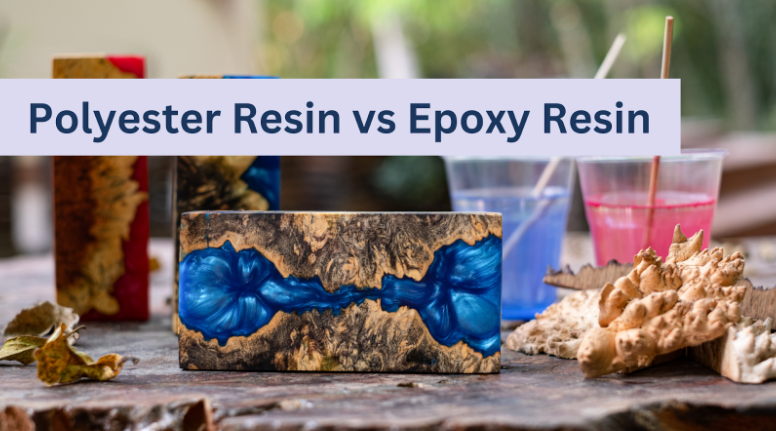

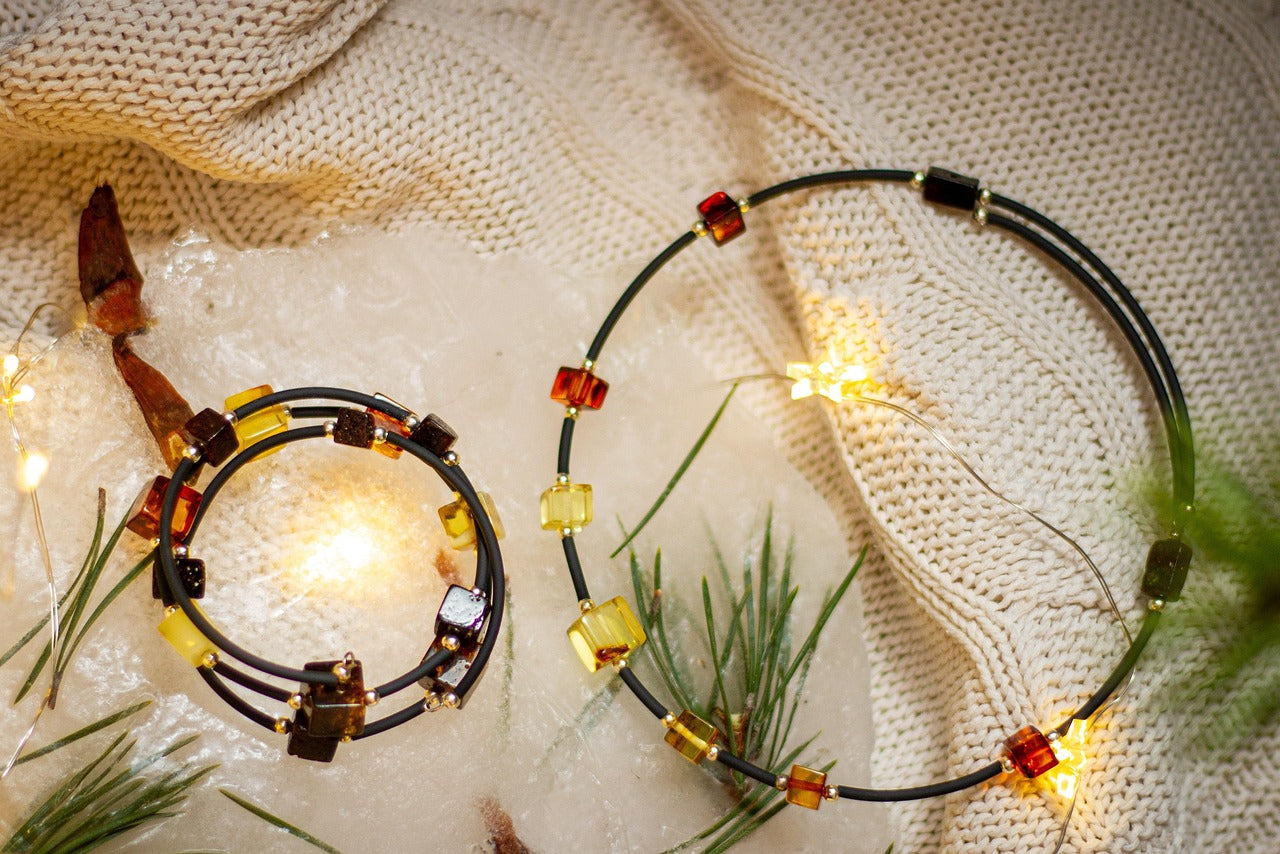




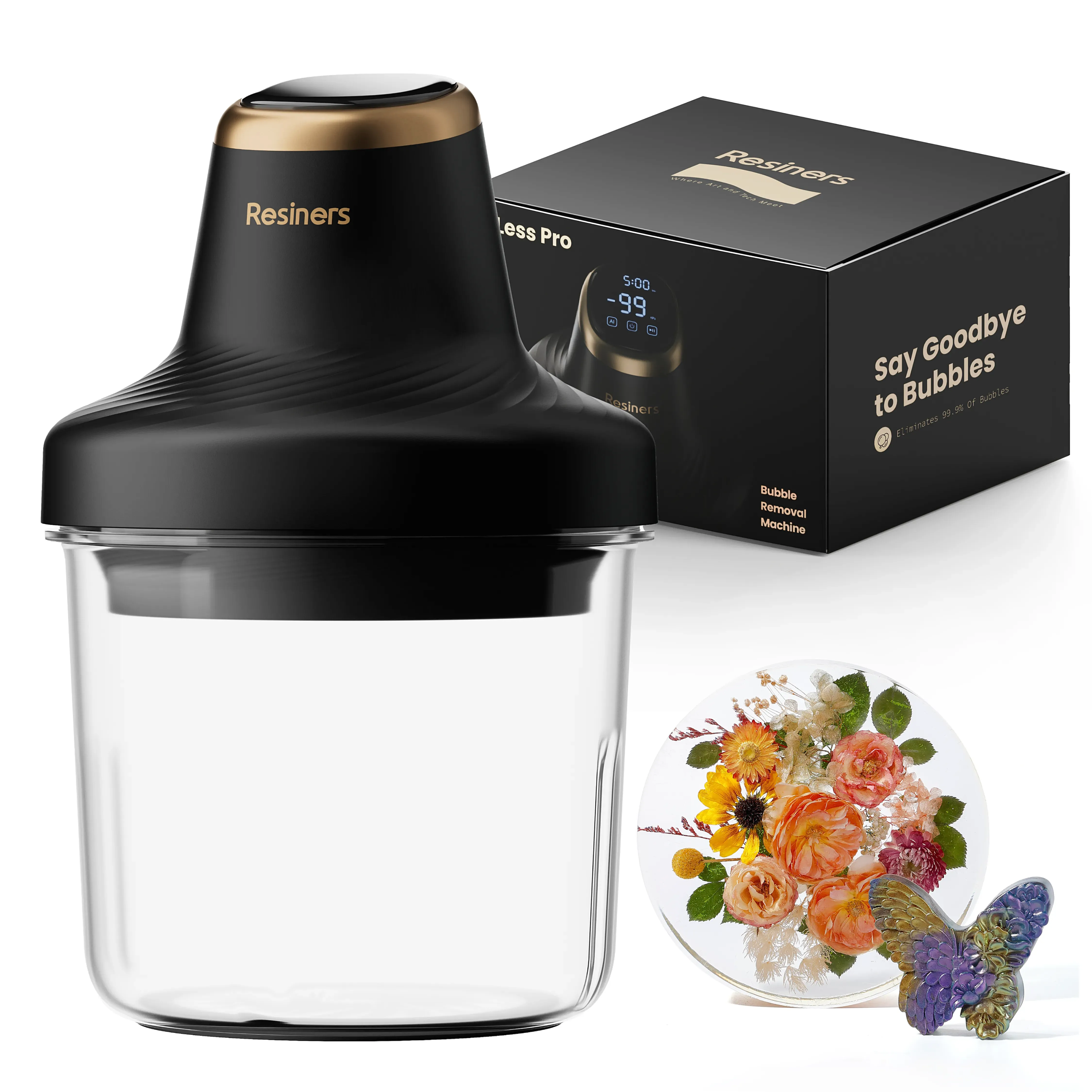
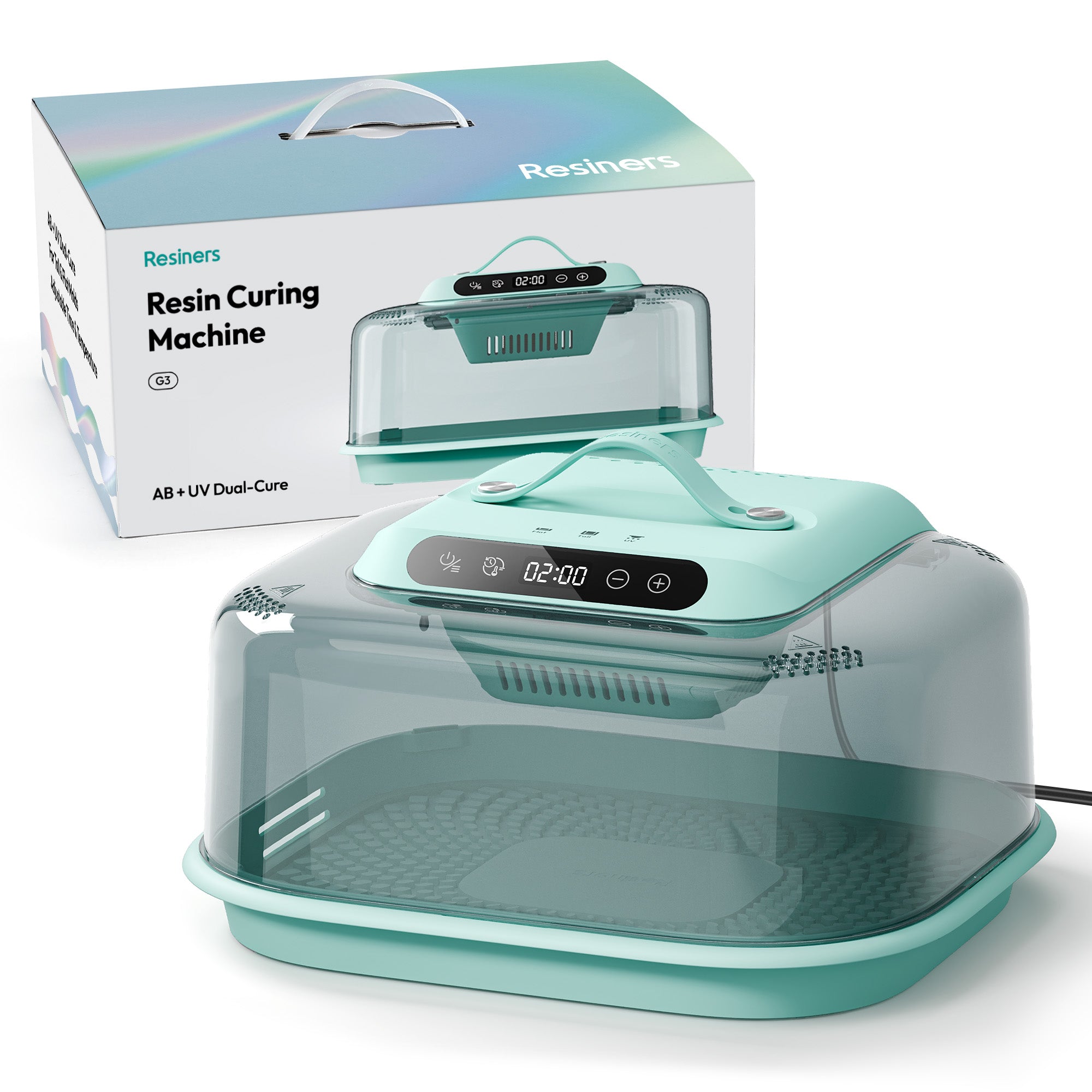

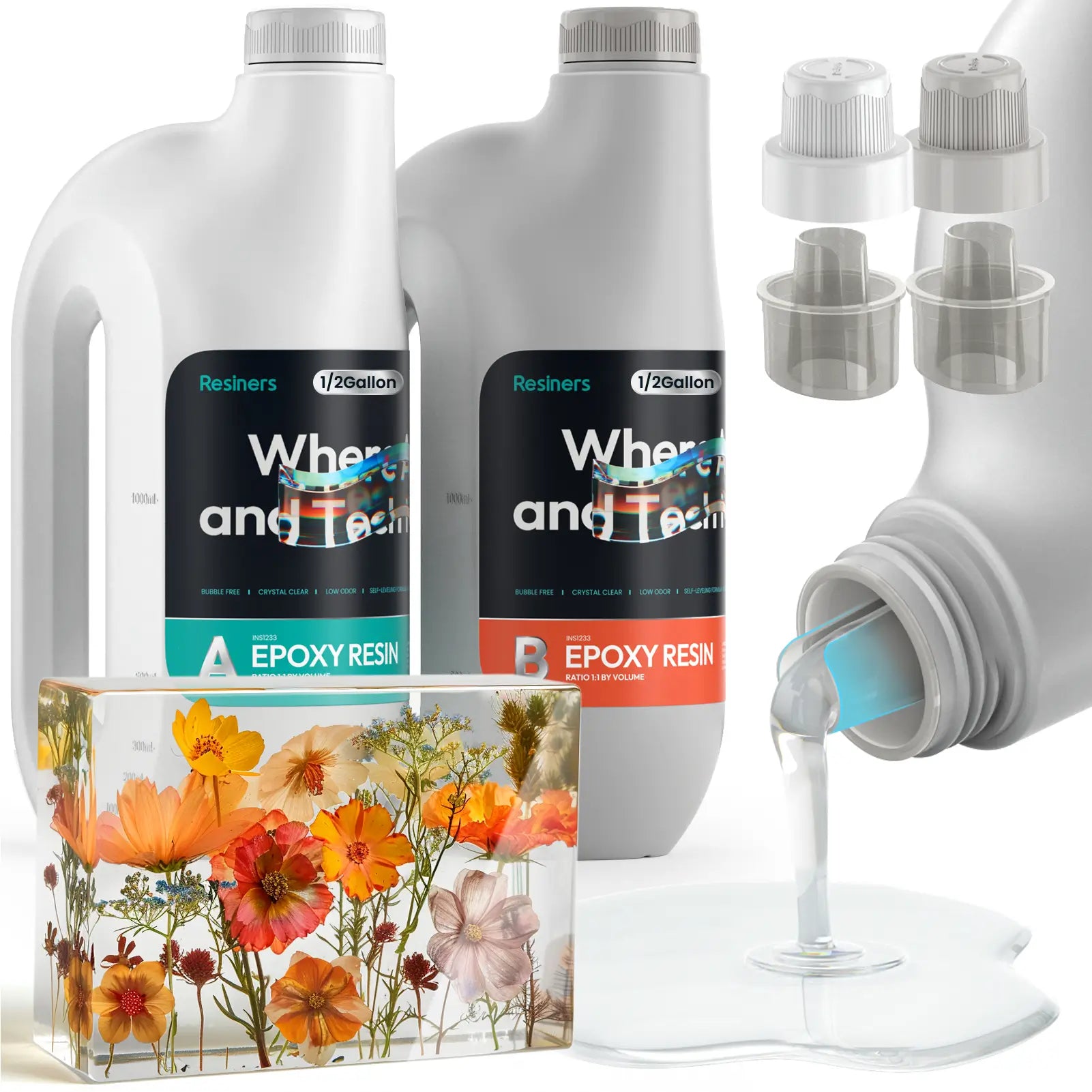
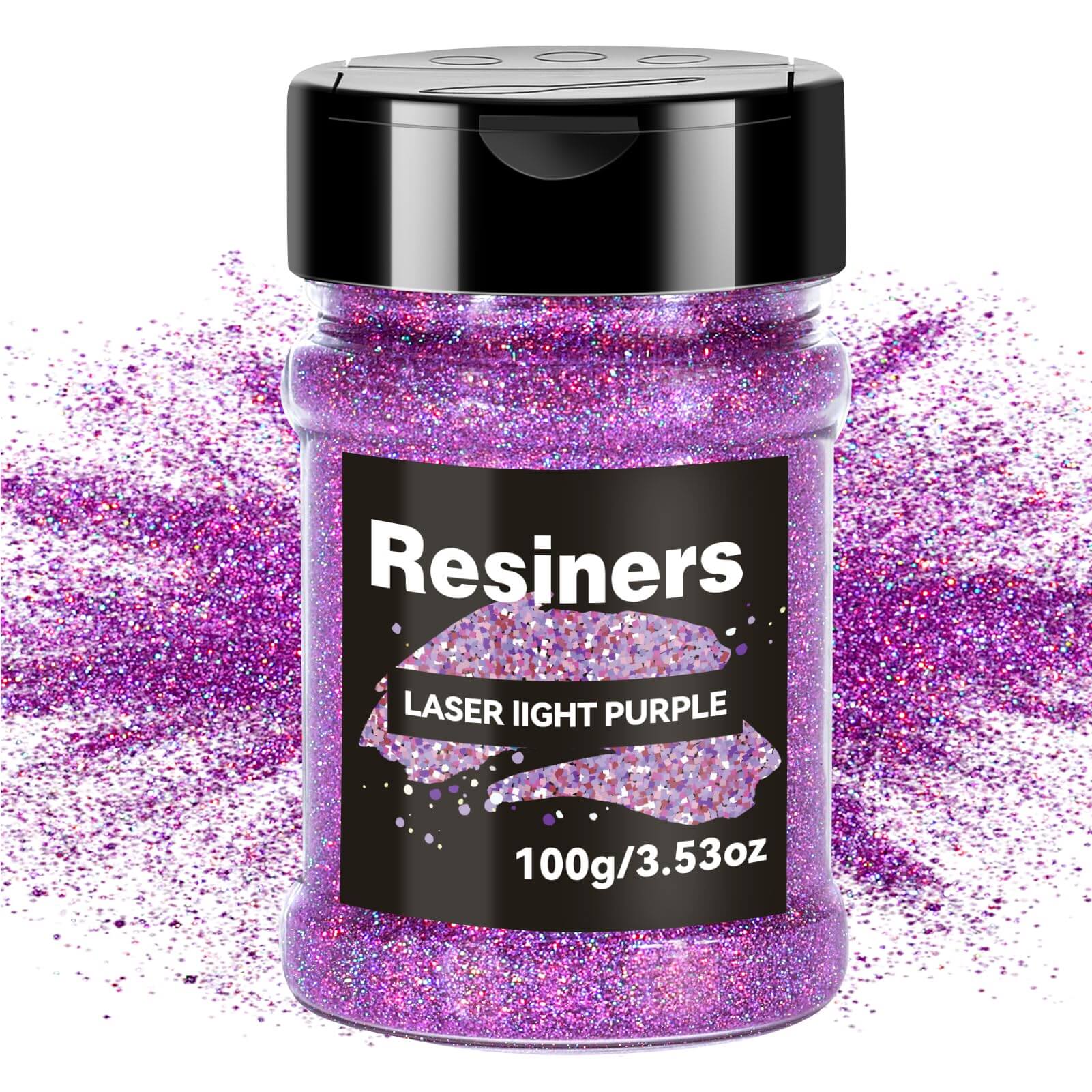
Leave a comment
This site is protected by hCaptcha and the hCaptcha Privacy Policy and Terms of Service apply.